Home>Furniture & Design>Bathroom Accessories>Why Does My Cat Poop In My Bathtub?
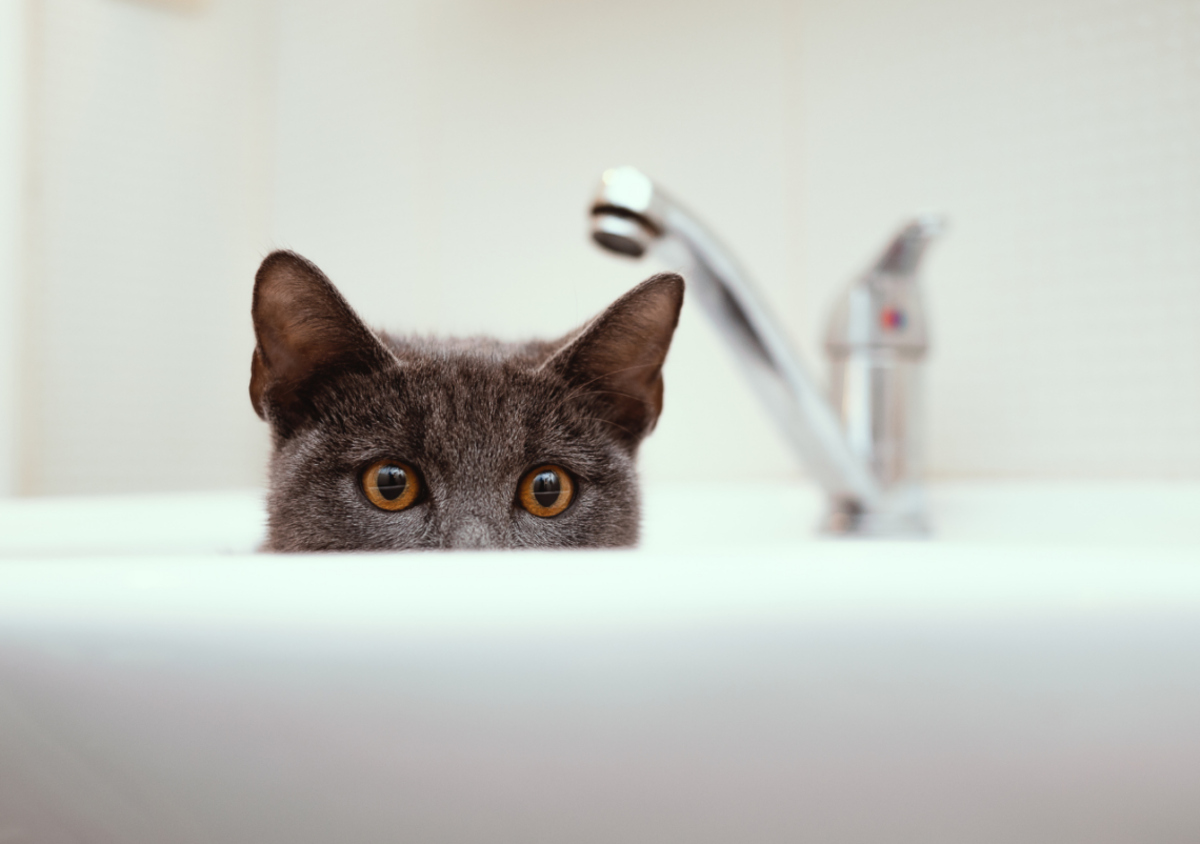

Bathroom Accessories
Why Does My Cat Poop In My Bathtub?
Modified: October 30, 2024
Discover why your cat may be using your bathtub as a litter box and find the best bathroom accessories to prevent this behavior. Keep your bathroom clean and cat-friendly with our expert tips.
(Many of the links in this article redirect to a specific reviewed product. Your purchase of these products through affiliate links helps to generate commission for Storables.com, at no extra cost. Learn more)
Introduction
Cats are fascinating creatures, known for their independence, agility, and mysterious behaviors. As a cat owner, you may have encountered the perplexing situation of finding your feline friend using the bathtub as a makeshift litter box. This unexpected behavior can be both puzzling and frustrating, leaving you wondering why your cat has chosen this unconventional spot for their bathroom needs.
Understanding the reasons behind your cat's choice to poop in the bathtub is essential for addressing this issue effectively. It's important to recognize that cats are not acting out of spite or mischief; rather, their behavior is often a reflection of their instincts, environment, and overall well-being. By delving into the potential causes behind this behavior, you can gain valuable insights into your cat's needs and take proactive steps to encourage more appropriate bathroom habits.
In this article, we will explore the intricate world of cat behavior and delve into the possible reasons why your feline companion has developed a penchant for using the bathtub as a litter box. By shedding light on this perplexing behavior, we aim to equip you with the knowledge and strategies needed to address this issue with empathy and understanding. Let's embark on this enlightening journey into the feline psyche and unravel the mystery of why your cat may be choosing the bathtub as their preferred spot for relieving themselves.
Key Takeaways:
- Cats may poop in the bathtub due to territorial instincts, stress, litter box aversion, or medical issues. Understanding their behavior helps address this with empathy and proactive strategies.
- To stop cats from pooping in the bathtub, keep the litter box clean, reduce stress, enrich their environment, and seek veterinary help if needed. Positive reinforcement and patience are key.
Read more: Why Does My Cat Scratch The Bathtub
Understanding Cat Behavior
Cats are enigmatic creatures with a complex set of behaviors that are deeply rooted in their evolutionary history and instinctual nature. To comprehend why a cat may exhibit the peculiar behavior of pooping in the bathtub, it's crucial to delve into the intricacies of feline behavior.
First and foremost, cats are inherently territorial animals. They have a strong need to establish and maintain their territory, which often includes specific areas for feeding, resting, and, of course, eliminating waste. This territorial instinct is a fundamental aspect of feline behavior and can significantly influence their choice of bathroom locations within the home.
Furthermore, cats are known for their fastidious nature when it comes to cleanliness. Litter box aversion can arise if the box is not kept to their exacting standards of cleanliness. If the litter box is not pristine or if it contains a type of litter that the cat finds unpleasant, they may seek out alternative locations, such as the bathtub, that they perceive as more suitable for their needs.
Additionally, changes in the household environment or routine can trigger stress and anxiety in cats, leading to behavioral changes, including inappropriate elimination. Factors such as the introduction of a new pet, a change in the household's daily schedule, or even renovations within the home can disrupt a cat's sense of security and comfort, prompting them to seek out alternative elimination spots.
Moreover, medical issues can also play a significant role in a cat's choice of bathroom location. Cats may associate the litter box with discomfort or pain if they are experiencing urinary tract infections, constipation, or other health issues. As a result, they may seek out softer, cooler surfaces, such as the bathtub, in an attempt to alleviate their discomfort.
Understanding these fundamental aspects of feline behavior provides valuable insights into the potential reasons behind a cat's decision to poop in the bathtub. By recognizing the innate territorial instincts, cleanliness preferences, susceptibility to stress, and potential health concerns that influence a cat's behavior, cat owners can approach the issue with empathy and a deeper understanding of their feline companions.
In the following sections, we will explore the specific reasons why a cat may choose the bathtub as a preferred elimination spot and discuss proactive strategies for addressing this behavior with compassion and effectiveness.
Possible Reasons for Cat Pooping in the Bathtub
-
Territorial Instincts: Cats are inherently territorial animals, and their choice of bathroom location can be influenced by their instinctual need to establish and maintain their territory. The bathtub, with its enclosed space and smooth surface, may appeal to a cat's territorial instincts, providing a sense of seclusion and security while they attend to their bathroom needs.
-
Litter Box Aversion: Cats are known for their meticulous grooming habits and preference for cleanliness. If the litter box is not kept impeccably clean or contains a type of litter that the cat finds unpleasant, they may seek out alternative elimination spots. The smooth, easily washable surface of the bathtub may be perceived as a more hygienic and appealing option for a cat with litter box aversion.
-
Stress and Anxiety: Changes in the household environment or routine can induce stress and anxiety in cats, leading to behavioral changes, including inappropriate elimination. Factors such as the introduction of a new pet, alterations in the household's daily schedule, or environmental disruptions can unsettle a cat's sense of security, prompting them to seek out alternative bathroom locations, such as the bathtub, as a response to their heightened stress levels.
-
Medical Issues: Cats may associate the litter box with discomfort or pain if they are experiencing medical issues such as urinary tract infections, constipation, or gastrointestinal problems. In such cases, the cool, smooth surface of the bathtub may offer a more soothing and comfortable alternative for a cat experiencing physical discomfort during elimination.
-
Preference for Cool Surfaces: Cats are known to seek out cool, smooth surfaces for resting and relaxation. The porcelain or ceramic material of a bathtub can provide a cool and refreshing sensation, which may attract a cat to use it as a preferred spot for relieving themselves, especially during warmer seasons or in homes with limited access to cool, shaded areas.
Understanding these potential reasons behind a cat's choice to poop in the bathtub can provide valuable insights into their behavior. By recognizing the influence of territorial instincts, cleanliness preferences, susceptibility to stress, and potential health concerns, cat owners can take proactive steps to address this behavior with empathy and understanding.
Ensure your cat’s litter box is clean and easily accessible. Cats may avoid using a dirty or hidden litter box, leading them to find alternative places to go, like the bathtub.
How to Address the Issue
Addressing the issue of a cat pooping in the bathtub requires a thoughtful and systematic approach aimed at understanding and addressing the underlying reasons for this behavior. By implementing proactive strategies and creating an environment that supports appropriate bathroom habits, cat owners can effectively address and mitigate this perplexing issue.
-
Evaluate the Litter Box: Start by assessing the condition of the litter box. Ensure that it is kept meticulously clean, as cats have a strong aversion to using a soiled or odorous litter box. Regular scooping and thorough cleaning of the litter box, along with the use of unscented, clumping litter that aligns with the cat's preferences, can significantly improve litter box acceptance.
-
Strategic Litter Box Placement: Consider the location of the litter box within the home. Place the litter box in quiet, low-traffic areas that offer a sense of privacy and security for the cat. Additionally, if there are multiple cats in the household, providing individual litter boxes for each cat can reduce competition and potential conflicts over elimination spaces.
-
Environmental Enrichment: Enrich the cat's environment with stimulating toys, scratching posts, and interactive play to alleviate stress and boredom. Creating a enriching environment can help reduce anxiety and provide alternative outlets for the cat's natural behaviors, potentially minimizing the likelihood of inappropriate elimination.
-
Veterinary Examination: If a cat continues to exhibit bathroom-related issues, a thorough veterinary examination is essential to rule out any underlying medical conditions. Urinary tract infections, gastrointestinal problems, or other health issues can contribute to a cat's aversion to the litter box, making it crucial to address any potential medical concerns promptly.
-
Behavior Modification: Implement positive reinforcement techniques to encourage the cat to use the litter box consistently. Rewarding the cat with treats or praise after successful litter box use can reinforce positive behaviors. Conversely, avoid punishment or negative reinforcement, as this can exacerbate stress and anxiety, further complicating the issue.
-
Consultation with a Feline Behavior Specialist: In cases where the issue persists despite interventions, seeking guidance from a feline behavior specialist or a certified cat behavior consultant can provide tailored strategies and insights to address the specific needs of the cat and the household.
By approaching the issue of a cat pooping in the bathtub with patience, empathy, and a comprehensive understanding of feline behavior, cat owners can implement targeted interventions to promote appropriate bathroom habits and enhance the overall well-being of their feline companions. Through a combination of environmental modifications, behavioral strategies, and potential veterinary support, cat owners can work towards resolving this behavior with compassion and effectiveness.
Conclusion
In conclusion, the perplexing behavior of a cat pooping in the bathtub can be attributed to a myriad of factors rooted in the intricate world of feline behavior. By delving into the underlying reasons behind this behavior, cat owners can gain valuable insights into their cat's needs and preferences, enabling them to address this issue with empathy and understanding.
Understanding the territorial instincts, cleanliness preferences, susceptibility to stress, and potential health concerns that influence a cat's choice of bathroom location is crucial for implementing effective strategies to encourage appropriate elimination habits. The bathtub, with its smooth surface and seclusion, may appeal to a cat's territorial instincts, while also providing a perceived sense of cleanliness and comfort, especially in instances of litter box aversion or medical discomfort.
Addressing the issue of a cat pooping in the bathtub requires a multifaceted approach that encompasses environmental modifications, behavioral strategies, and potential veterinary support. By evaluating the condition and placement of the litter box, enriching the cat's environment, and implementing positive reinforcement techniques, cat owners can create an environment that supports and encourages appropriate bathroom habits.
Furthermore, recognizing the potential impact of stress and anxiety on a cat's behavior underscores the importance of creating a calm and enriching environment that alleviates feline stress and provides alternative outlets for natural behaviors. Additionally, seeking veterinary examination to rule out underlying medical conditions is essential in addressing persistent bathroom-related issues, ensuring the cat's overall health and well-being.
In cases where the issue persists despite interventions, consulting with a feline behavior specialist can provide tailored strategies and insights to address the specific needs of the cat and the household, further enhancing the likelihood of resolving this behavior with compassion and effectiveness.
Ultimately, by approaching the issue of a cat pooping in the bathtub with patience, empathy, and a comprehensive understanding of feline behavior, cat owners can work towards fostering a harmonious and supportive environment that promotes the overall well-being of their beloved feline companions. Through proactive measures and a deep appreciation for the complexities of cat behavior, cat owners can navigate and address this behavior with care and dedication, strengthening the bond between them and their feline friends.
Frequently Asked Questions about Why Does My Cat Poop In My Bathtub?
Was this page helpful?
At Storables.com, we guarantee accurate and reliable information. Our content, validated by Expert Board Contributors, is crafted following stringent Editorial Policies. We're committed to providing you with well-researched, expert-backed insights for all your informational needs.
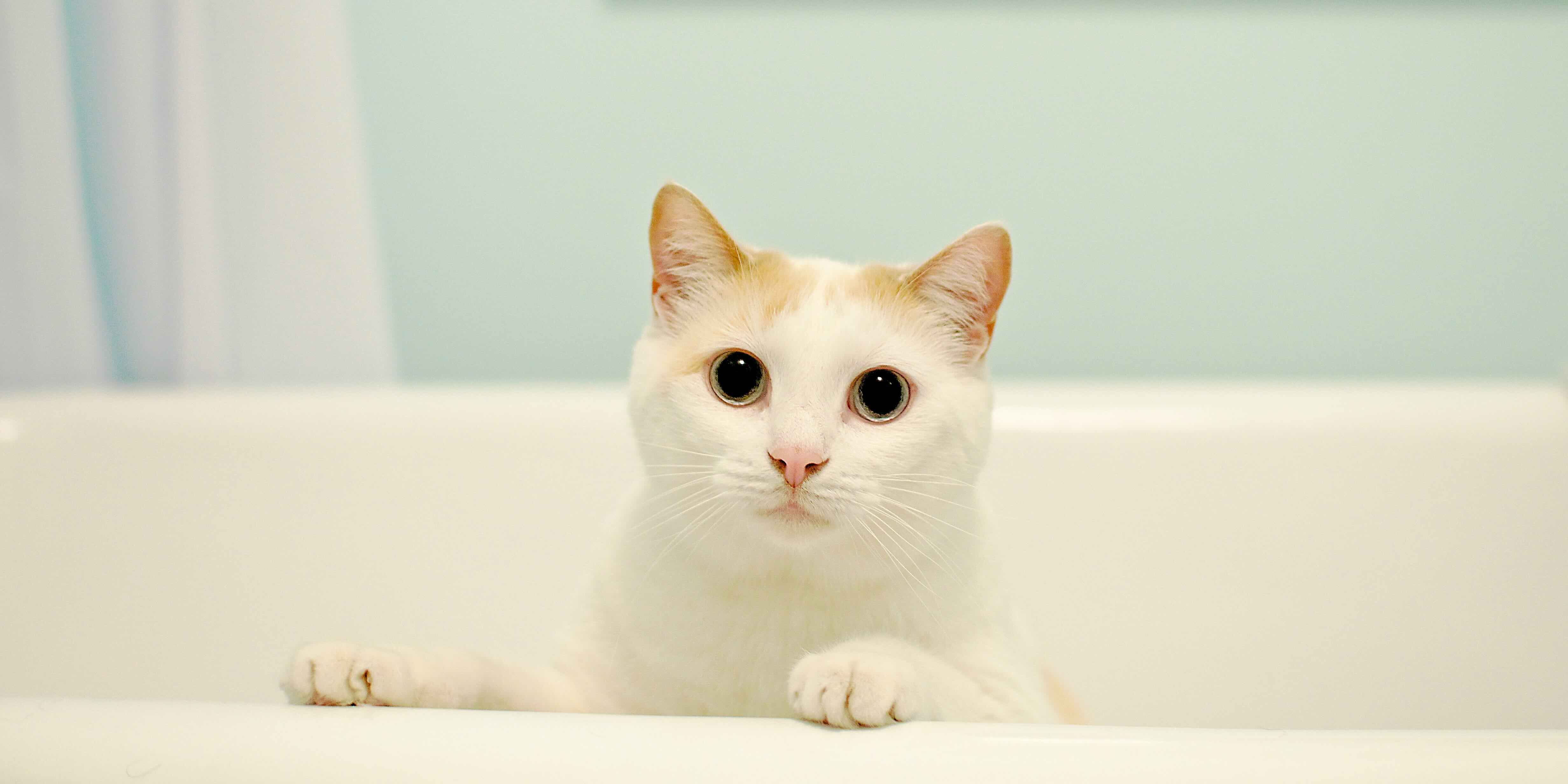
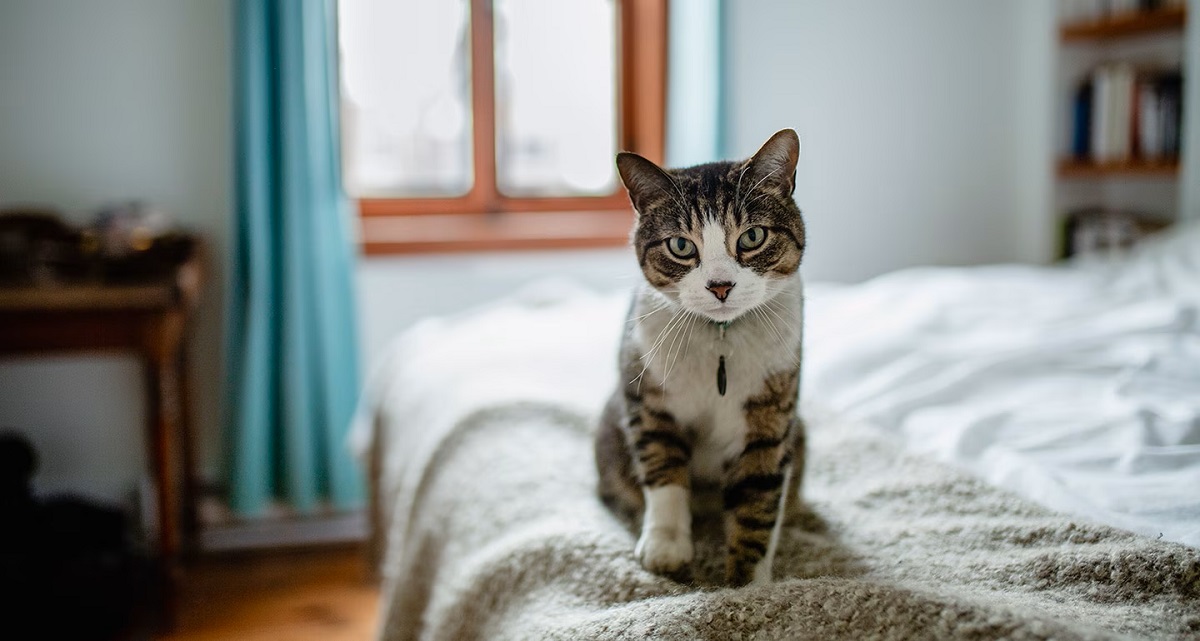

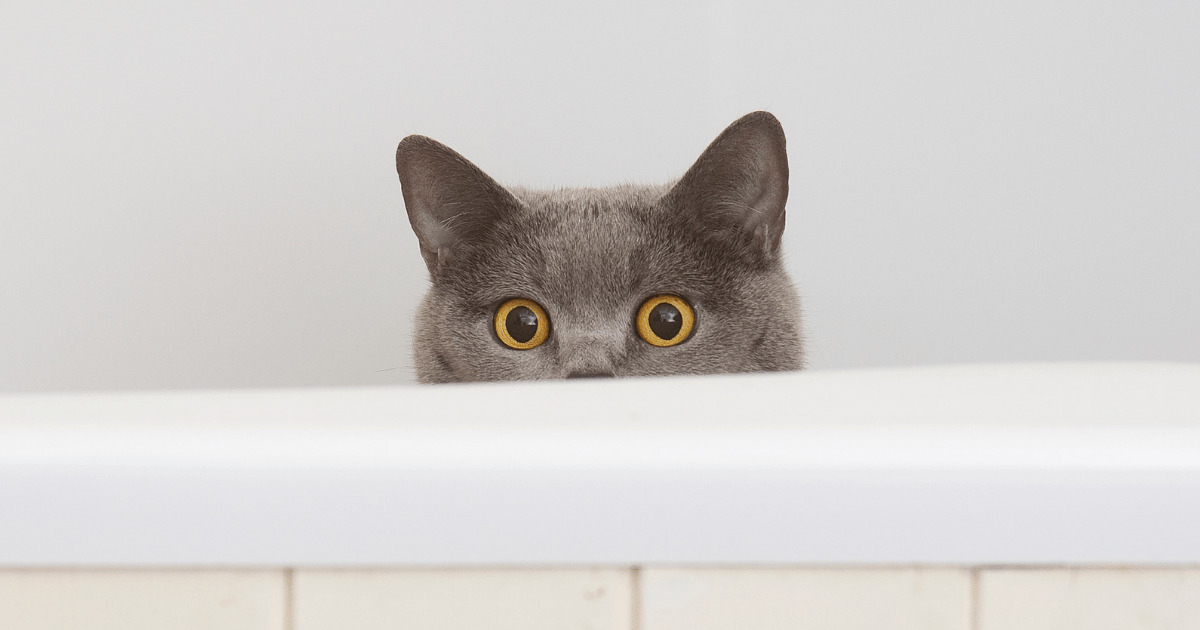
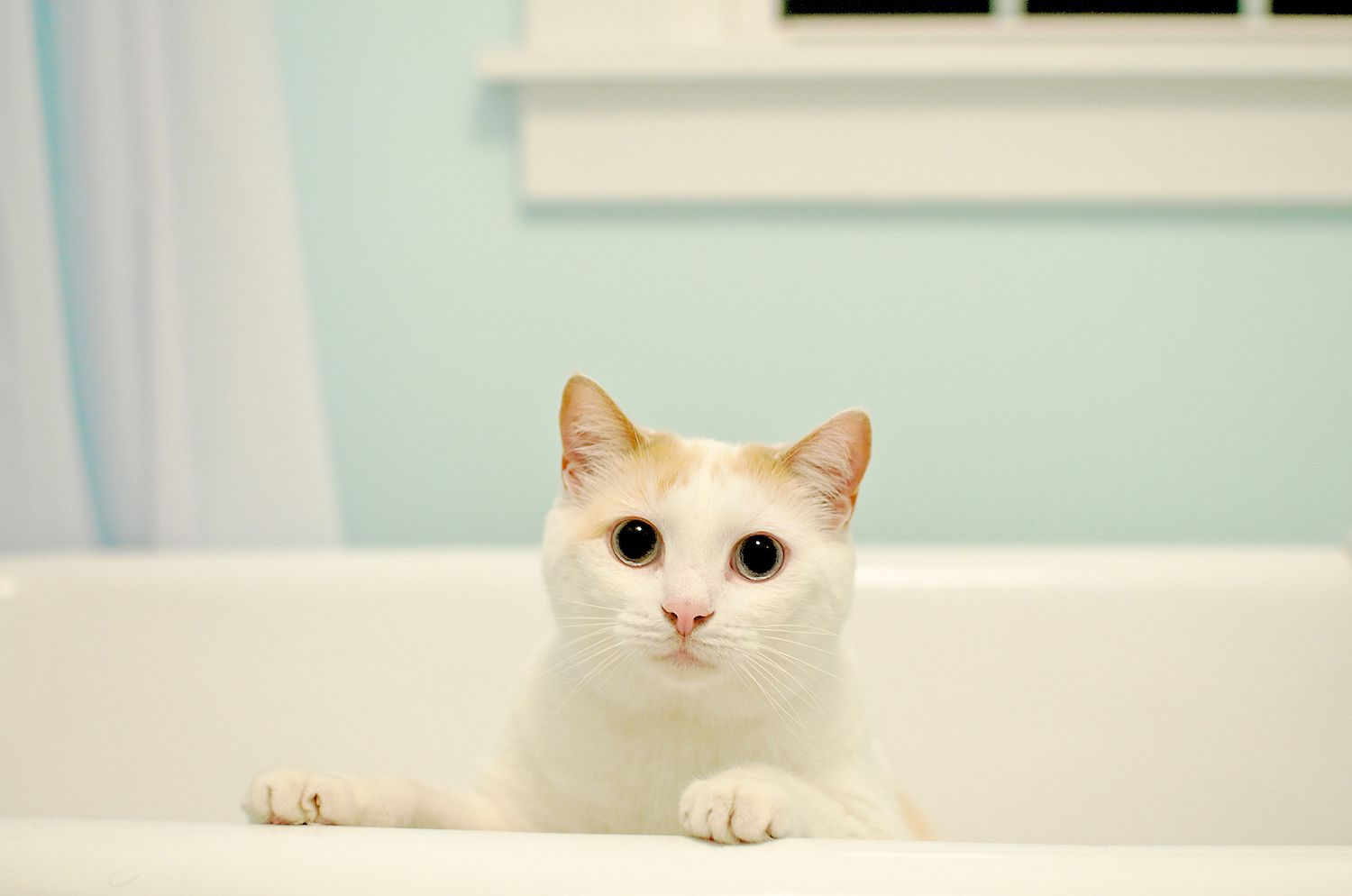
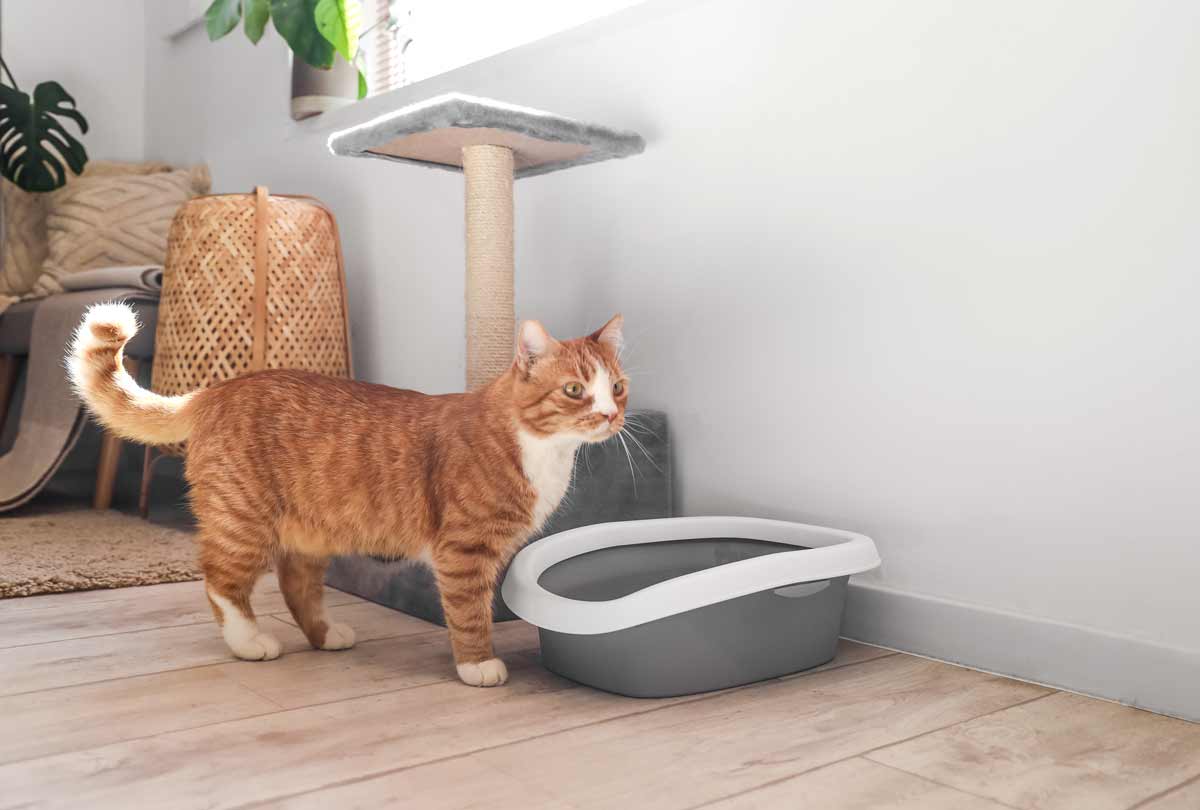
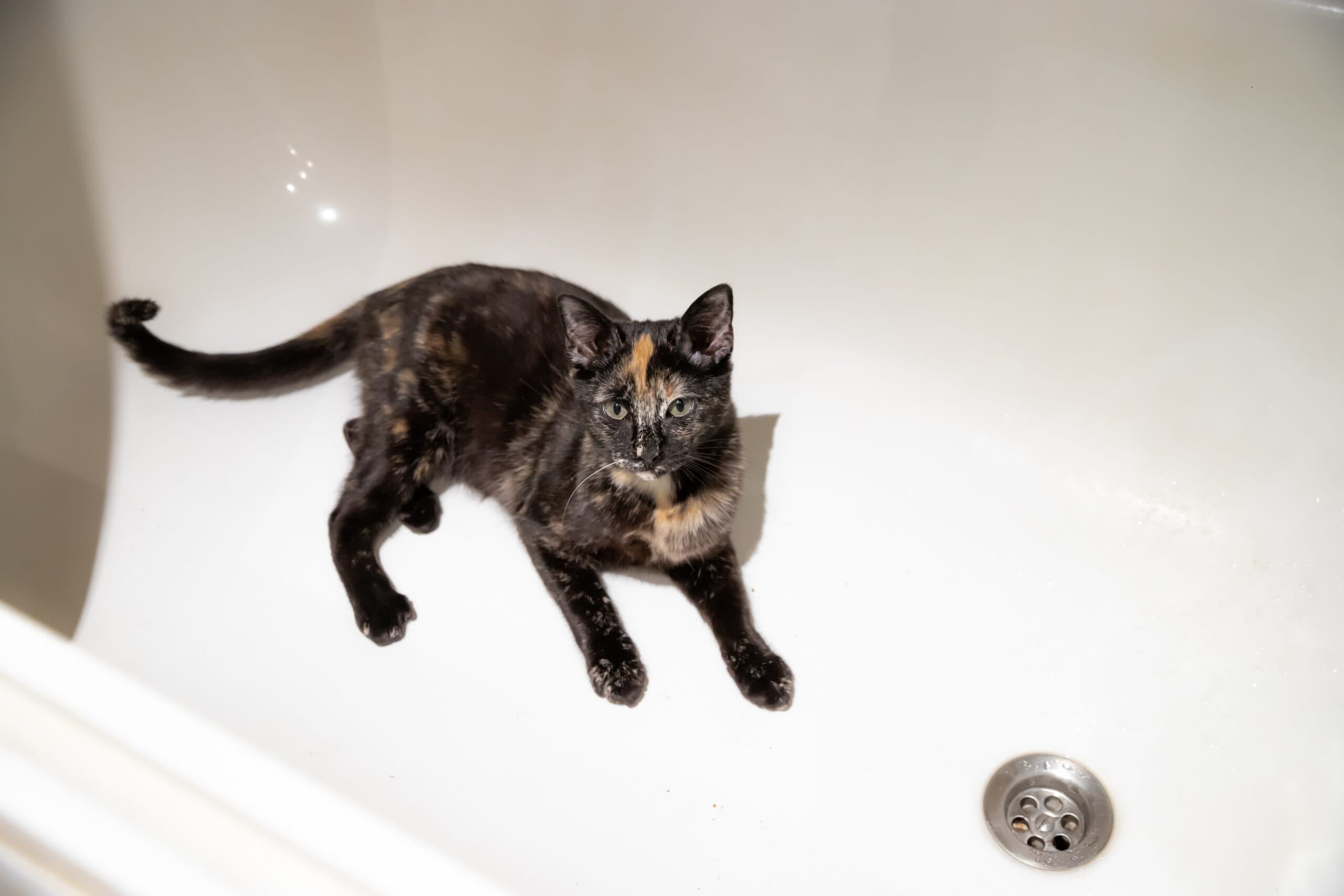
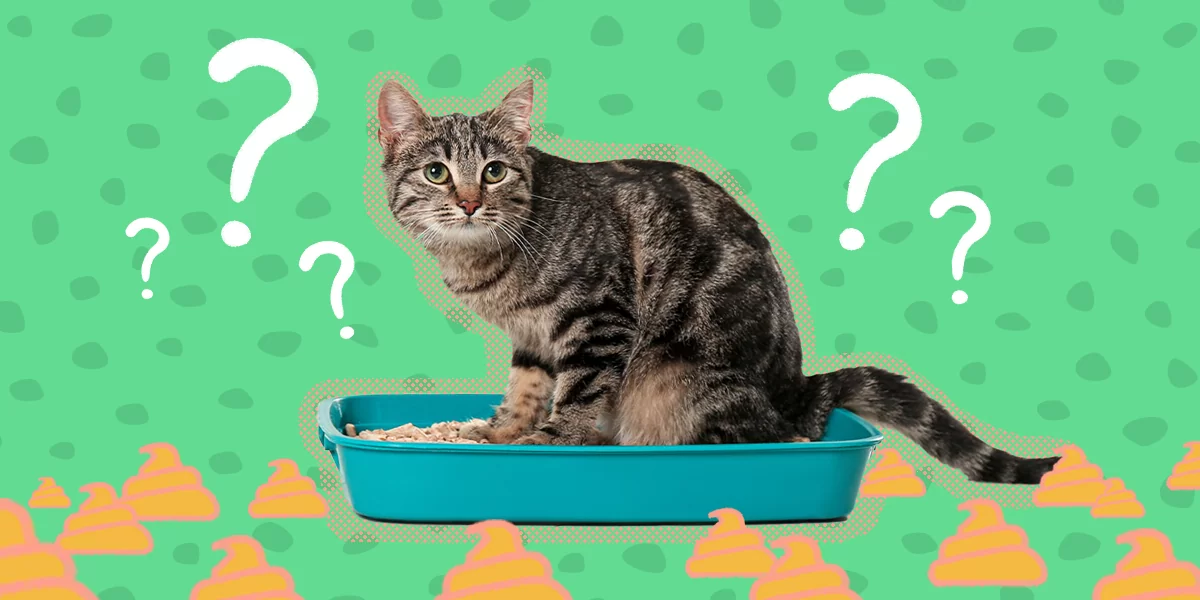
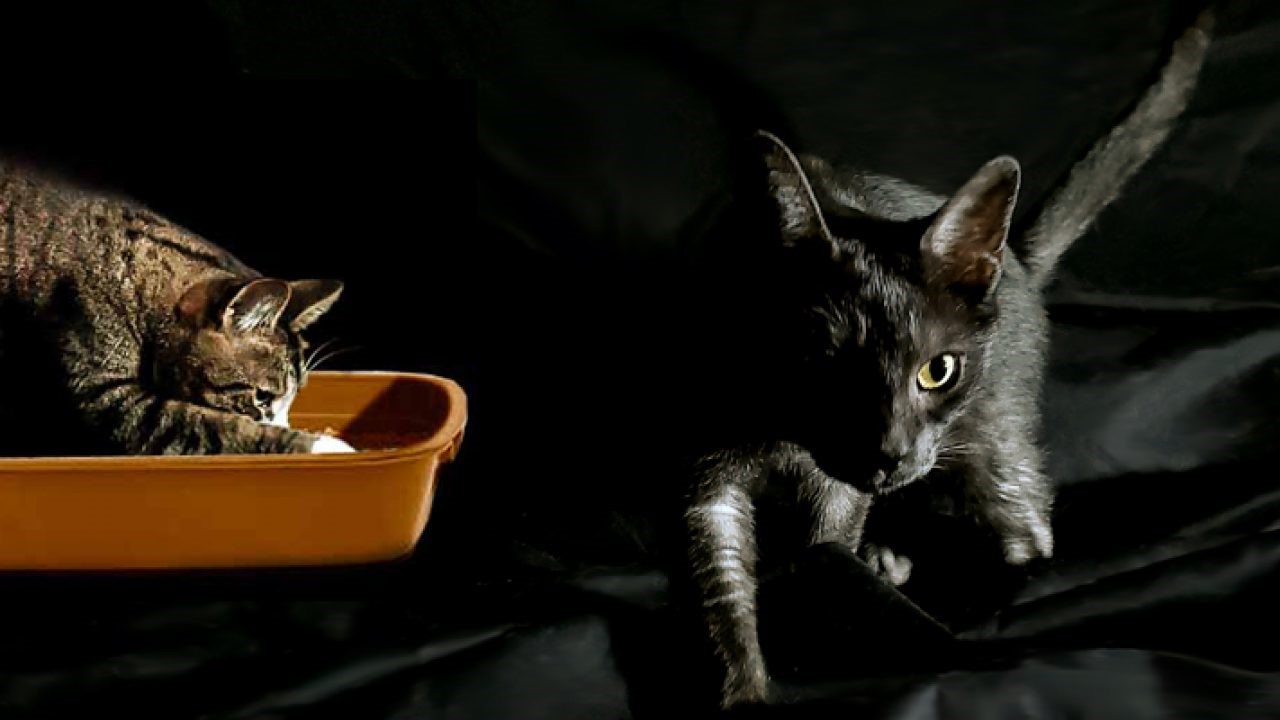
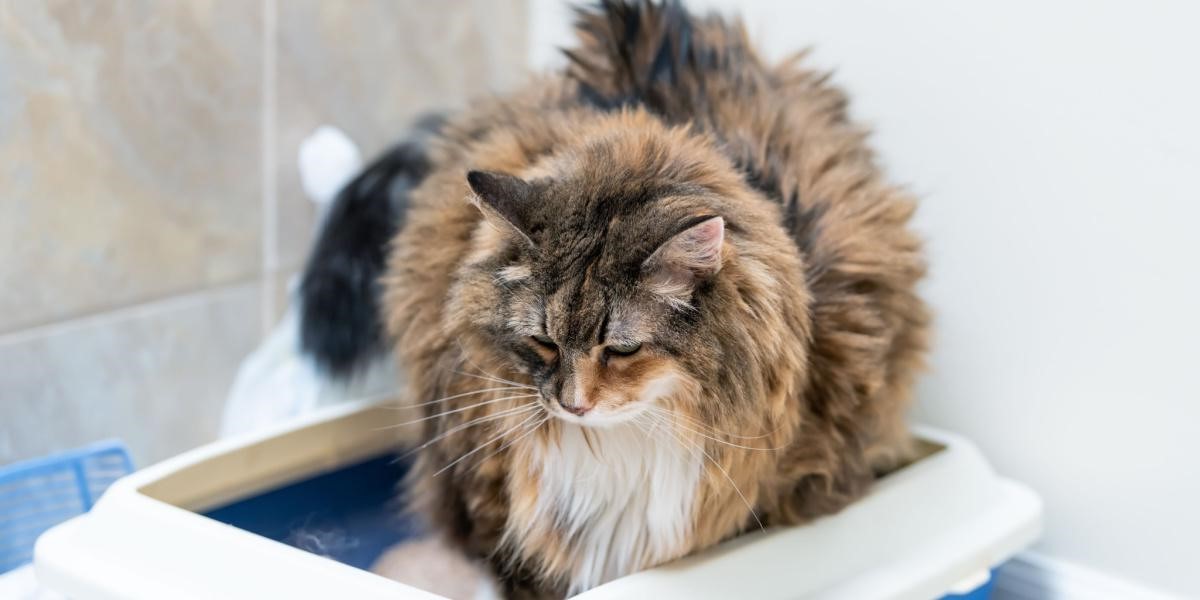
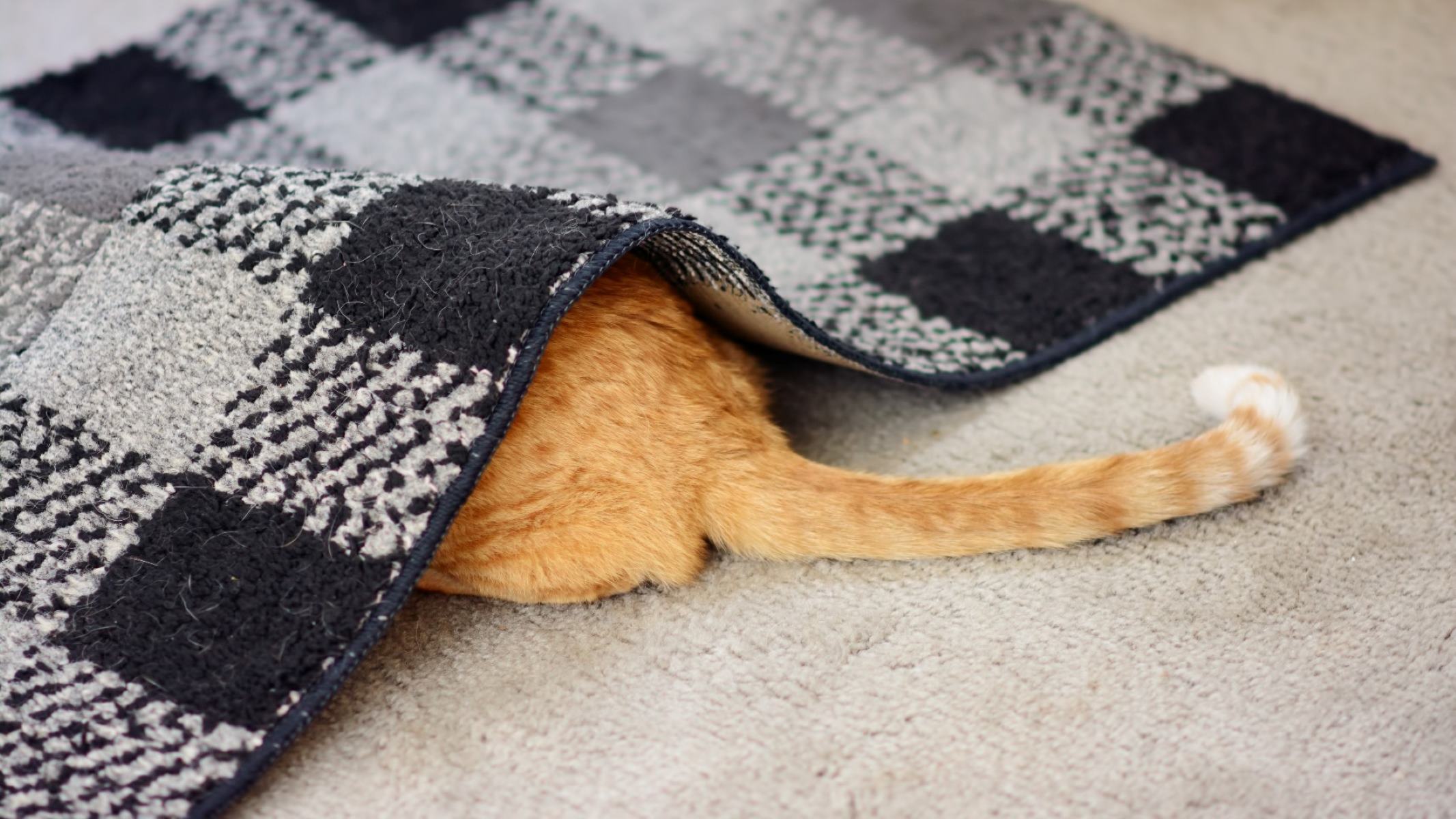
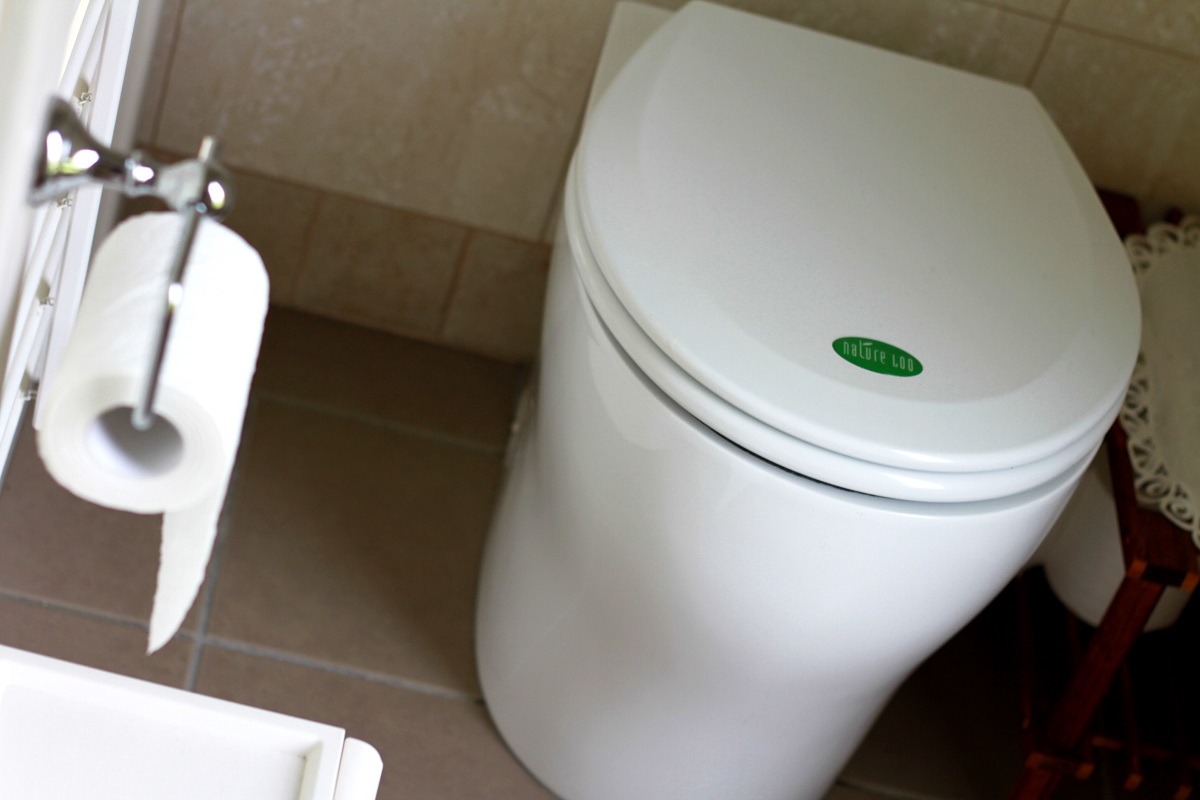
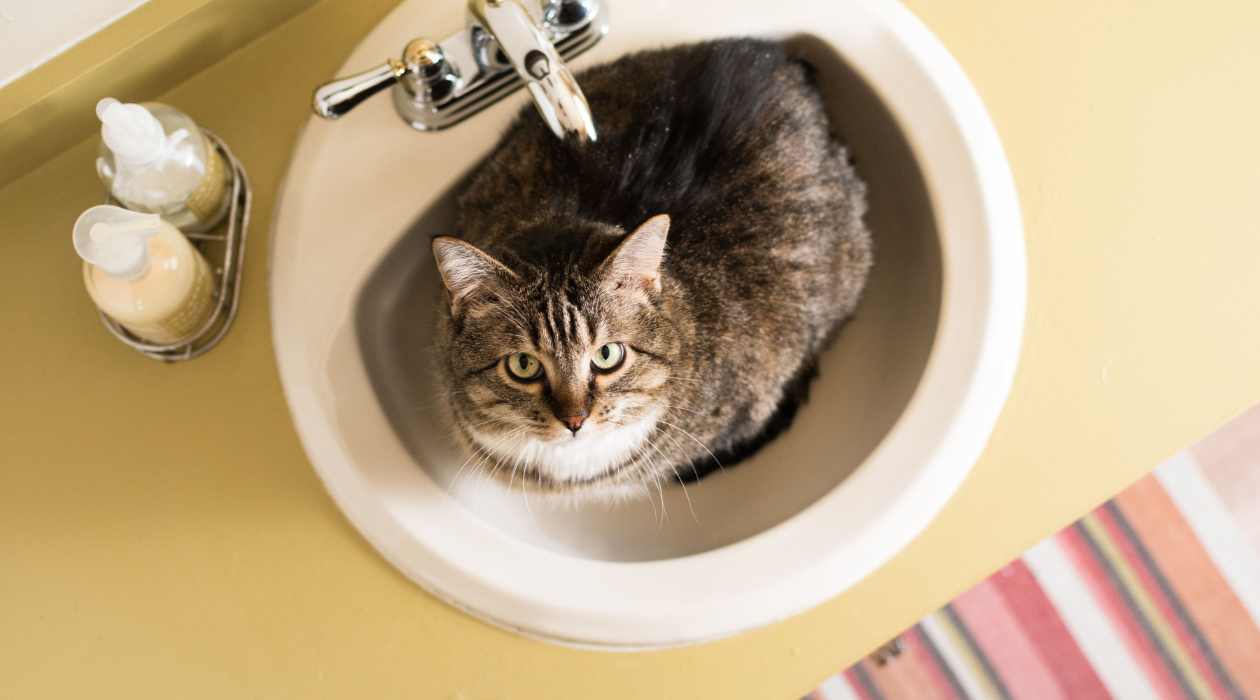
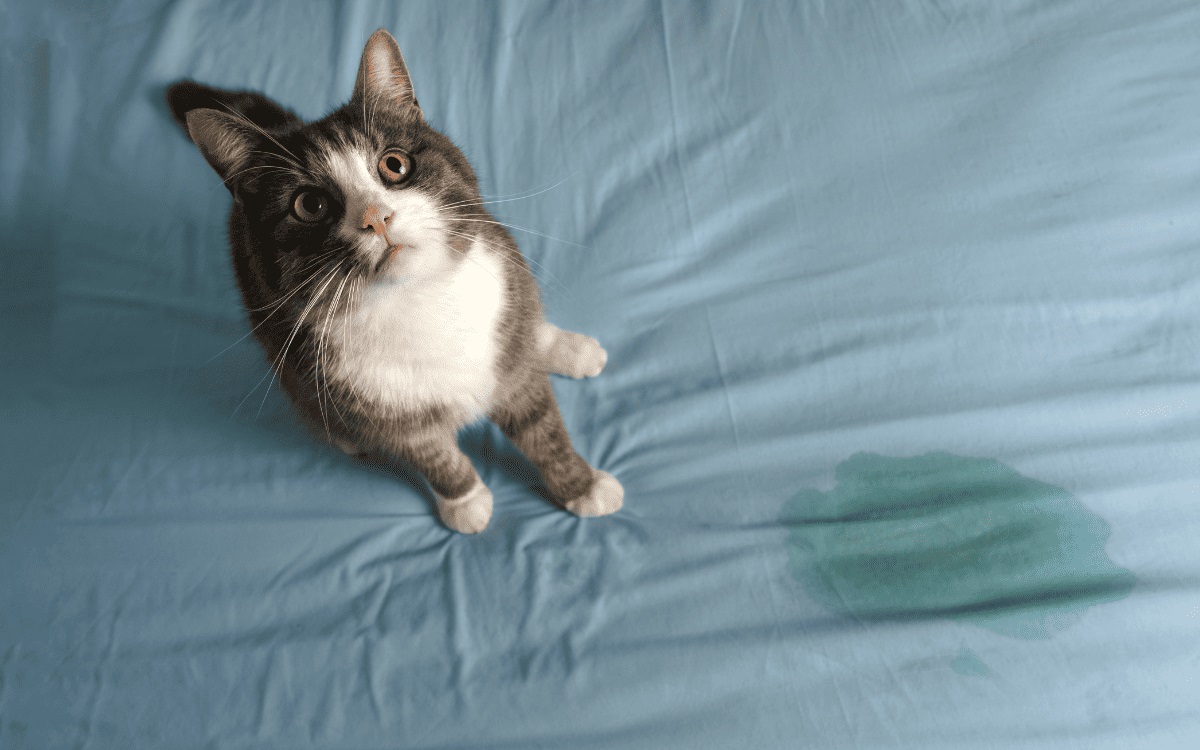
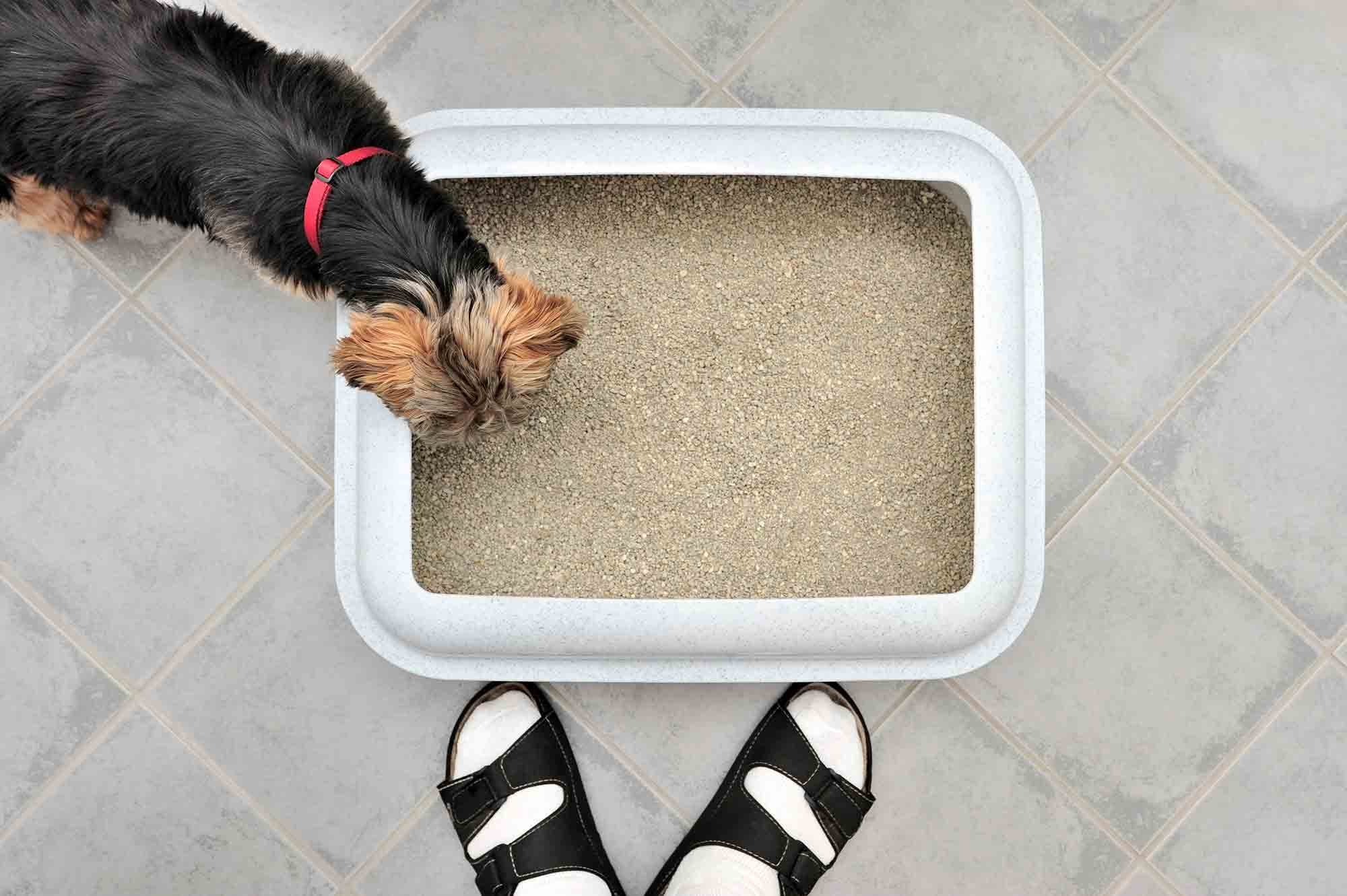

0 thoughts on “Why Does My Cat Poop In My Bathtub?”